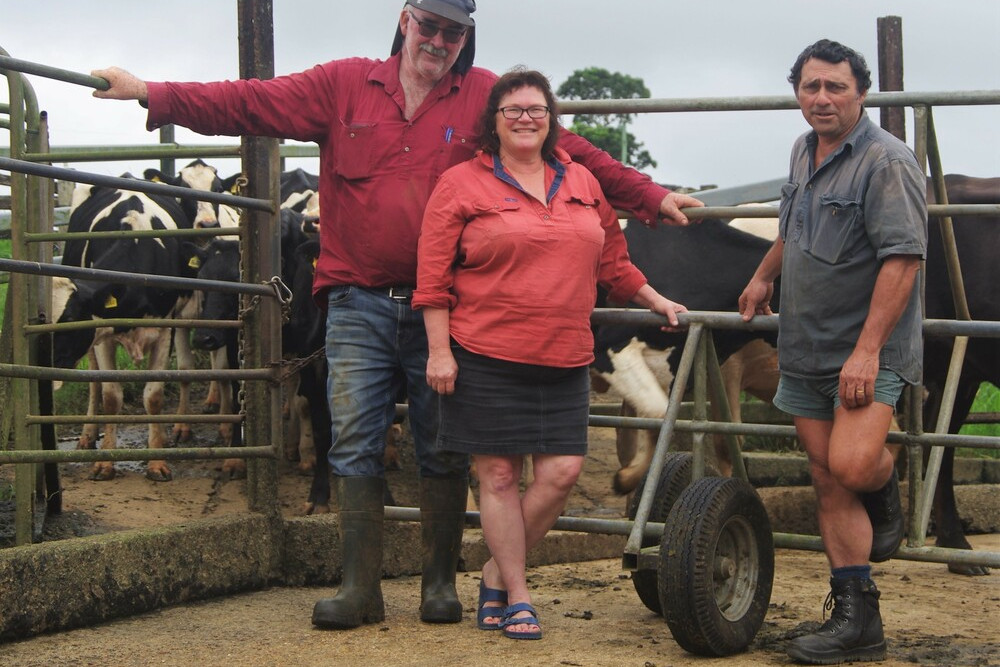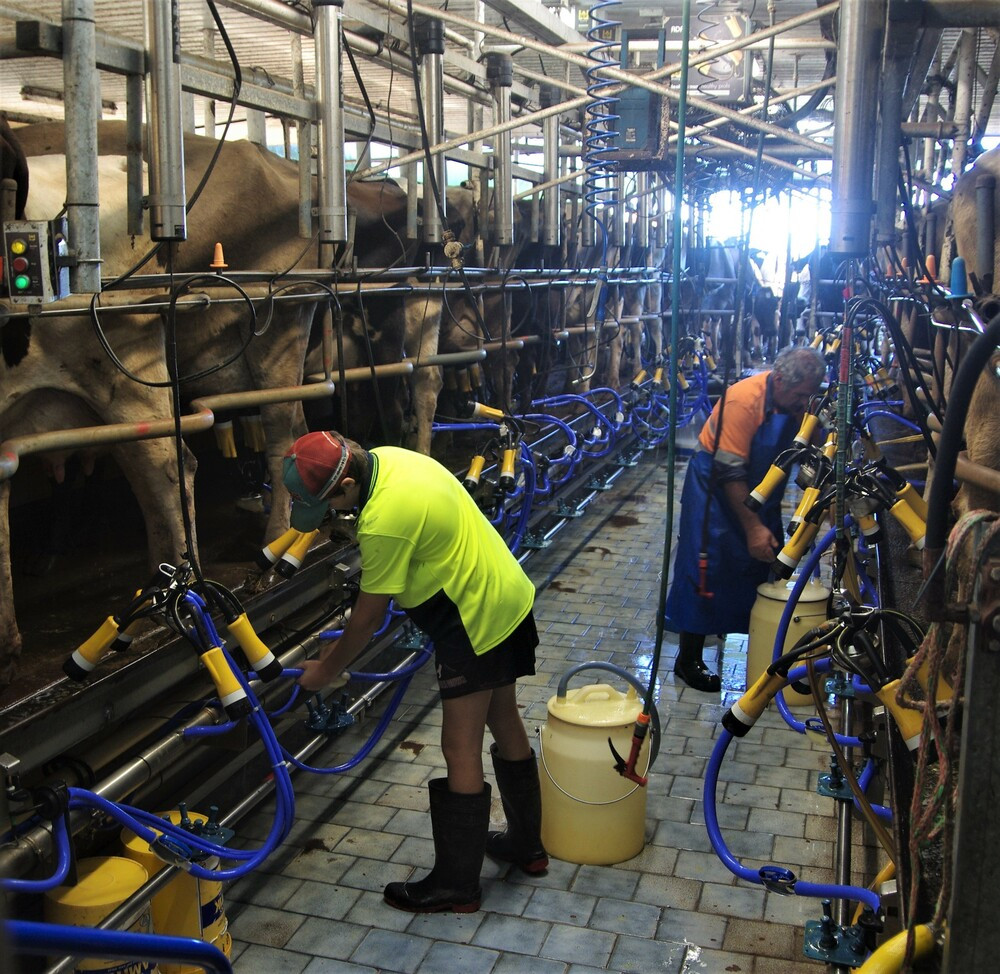On The Land
21 May, 2023
Milking it for all it’s worth!
AS in other parts of Queensland and New South Wales, Atherton Tablelands consumers have also been experiencing milk shortages.

The shortages are being particularly felt as milk is an essential food staple in many households across the nation, and this year, the shortages are being hailed as particularly bad.
Former State and District Councillor for eastAUSmilk for over 20 years, James Geraghty, said the milk shortages apply to all brands of milk and are the worst he has ever known.
“We are producing 250 million litres a year less than we consume,” he said.
Milk shortages were being experienced “across the board” both in Queensland and in NSW.
“Milk from NSW is being sent to supply Queensland and milk is coming up from Victoria to supply NSW shortfalls,” Mr Geraghty said.
“There is always lower production at this time of the year but shortages have been more pronounced in the last three years, normally March to June.”
On the Atherton Tablelands, this is traditionally the time of the year when milk is in short supply, however, other factors such as $1 per litre milk, herd calving patterns and seasonal fluctuations in available pasture, have also exacerbated the shortages.
As well, two particularly wet stretches of weather have heavily impacted on the amount of milk that is able to be produced on the Tablelands at present.
“The previous processor told producers that they wanted less milk and this has also compounded the problem,” Mr Geraghty said.
When Millaa Millaa Cheese Factory former manager Ash Hanley visited the town in 2011 for its centenary, he said that in 1936 there were 1159 suppliers on the Atherton Tablelands.
Now there are currently 37, with an additional eight supplying Mungalli.
The Atherton Tablelands dairy industry was a closed industry at one stage, meaning that if someone wanted to become a producer, then they had to buy an existing dairy farm. This ruling has now changed.
The industry was reopened in 2008 enabling prospective producers to purchase and commence operating on previously non-dairying properties.
Several suppliers have ceased dairying in the past few years and have exited the industry, which was always expected due to natural attrition.
As of the 1 July last year, a new supplier has been welcomed into the Tablelands dairying industry.
Producers had their last price increase of 17c per litre, give or take, a year ago on the 1 July 2022.
They are currently waiting to see what the new initial price will be as of the 1 June this year. This price will determine whether it is economic for producers to commit to producing more milk off their farms.
Having to start work as early as 3am and at times, operating in the pitch dark and pouring rain are some of the factors which can make this an extremely challenging line of work for producers.
There is a strong sense of dissatisfaction amongst producers regarding not being paid a fair and reasonable price for the amount of effort and investment that it takes to operate and commit to a dairying operation.
Producers feel that people are willing to readily accept the price increases that happen for other commodities and services but not so, for milk.
Historically, price increases have been miniscule, with producers “hanging out” for a 0.1c/L or 0.2c/L increase during the 80s and 90s.
Currently consumers are not happy due to the current milk shortages being experienced and producers are far from happy with the price they receive currently.
Russell and Kim Walmsley have been Millaa Millaa suppliers for over 20 years.

“The price rise that we had last year only just bought us close to being in line with what we need to cover the cost of producing milk,” Russell said.
“Now we definitely need further significant increases to help us keep in line with constantly rising costs.
“Who is going to keep producing a product when there is no decent margin in it for making anything out of it?”
With World Milk Day just around the corner on 1 June 2023, let’s hope that everyone can raise a glass - of milk - to the producers who make it possible for us to have it!


